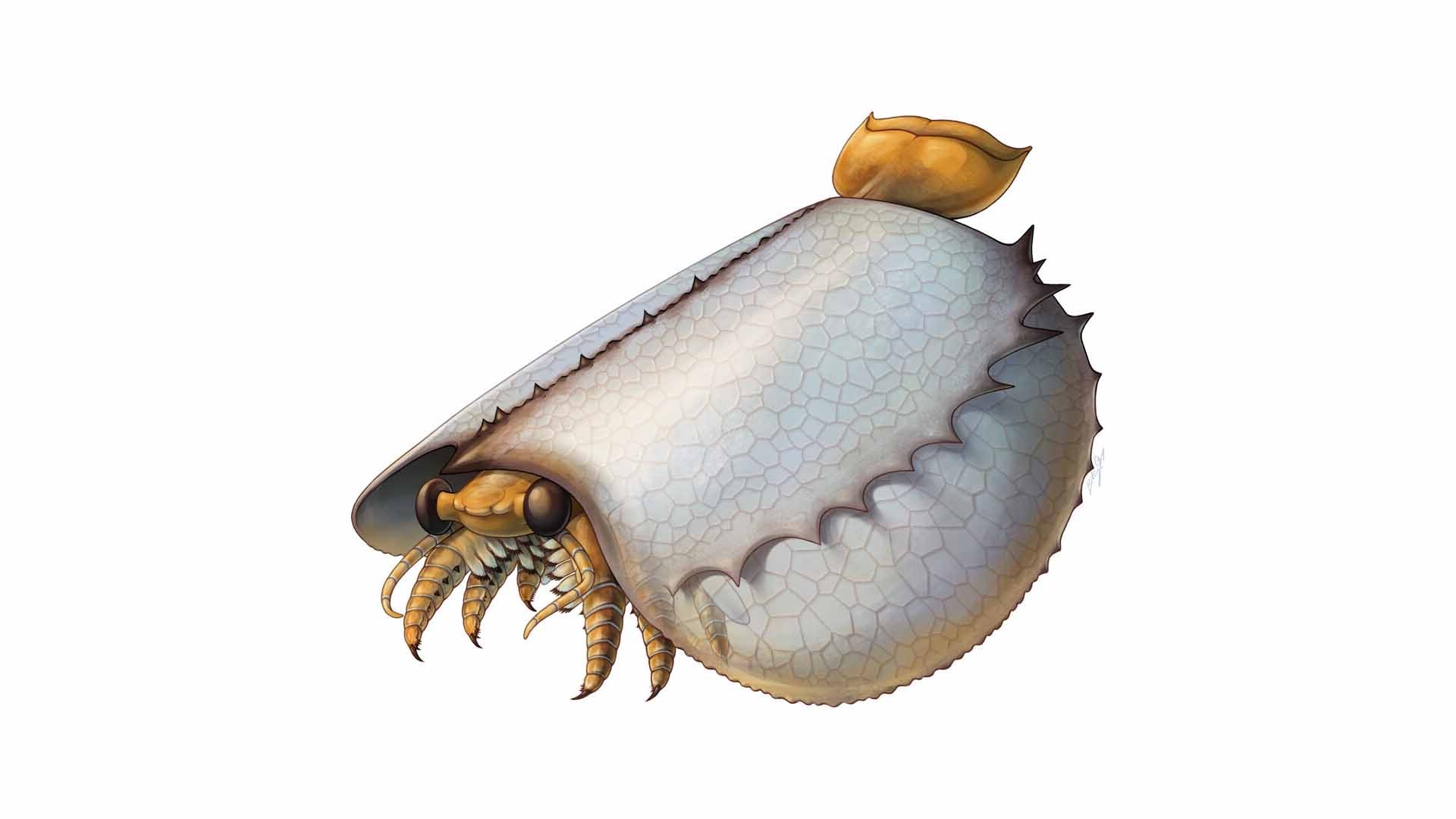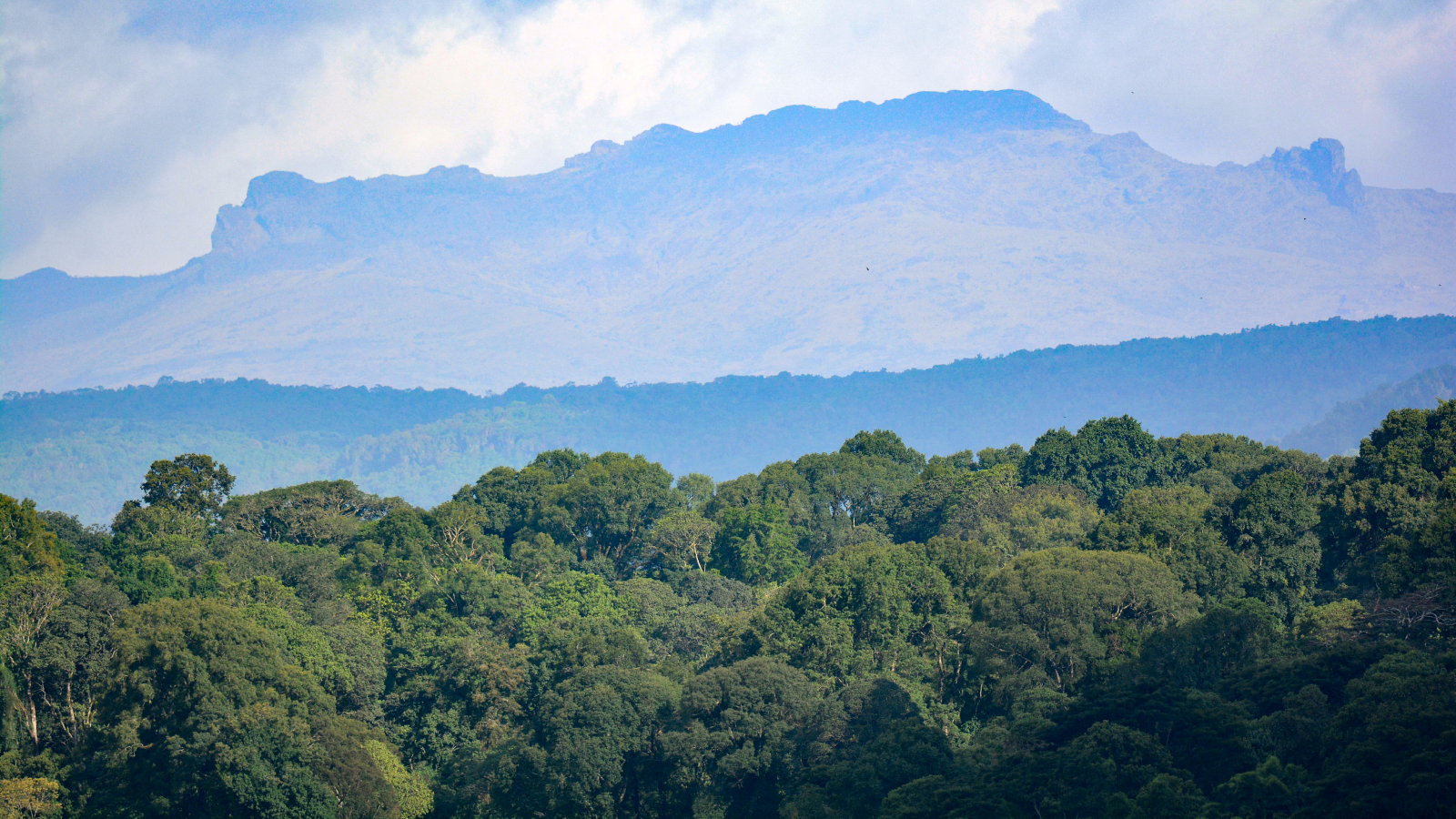Likeness of Cambrian critter finally revealed, and it looks like a taco
Thanks to soft-tissue preservation, we now know what Tuzoia, a Cambrian arthropod first discovered 100 years ago, actually looked like.
Since its discovery more than 100 years ago, Tuzoia — a weird little arthropod that swam close to the seafloor during the Cambrian period (541 million to 485.4 million years ago) — has befuddled paleontologists. Now, a new look at nearly a dozen remarkable fossils reveals details about this enigmatic creature and its uncanny resemblance to a taco, a new study finds.
For the investigation, researchers waded knee-deep into the invertebrate paleontology collection at the Royal Ontario Museum (ROM). While there have been hundreds of recorded specimens worldwide, the preservation of their soft tissues — including their stalked eyes, multiple legs, tail fans and carapaces (the hard upper shells that give the creatures their taco-like look) — has been nonexistent, thus offering only partial clues to the arthropod's appearance.
"Tuzoia was widespread [and] found in China, Australia, the Czech Republic and Canada," Alejandro Izquierdo López, the study's lead author and a doctoral candidate in the Department of Ecology and Evolutionary Biology at the University of Toronto, told Live Science. "The 11 specimens we studied have small details, like the soft tissues of the carapace, that other remains lack. Individuals with eyes and legs are also hard to find."
Tuzoia can range in size from about 0.3 to 7 inches (about 8 to 180 millimeters) long, according to the study, published Dec. 7 in the journal Royal Society Open Science.
While ROM has about 400 examples of Tuzoia in its collection, researchers culled the selection to 11 arthropods exhibiting soft-tissue preservation. Of those, four have been featured in published studies. The specimens were unearthed at different paleontological dig sites across Canada, including locations in British Columbia, like Yoho National Park, which is part of the Burgess Shale, a site famous for its abundance of well-preserved Cambrian fossils, and Kootenay National Park, according to the study.
Related: Scientists find fossil of largest arthropod to ever live, a car-size millipede
"Finding soft tissues in the fossil record is not easy," Izquierdo López said. "The carapace isn't like the hard shell of a clam, so finding one still intact is rare."
Get the world’s most fascinating discoveries delivered straight to your inbox.
The specimens used in the study were so well preserved because of their location in western Canada, particularly in the fossil-bearing deposits of the Burgess Shale, where layers of mudbanks that were once a marine environment "entombed the animals," Izquierdo López said.
The researchers think Tuzoia was a predator or scavenger that feasted on the remains of dead smaller creatures littering the seafloor. The arthropod could likely flex its carapace outward as it moved, enabling its legs to touch the ground and scuttle across it, according to the study.
"These animals have been known for over 100 years, but I had never seen the tails, eyes and legs before," Izquierdo López said. "I kept looking at the [ROM] collection again and again, and it was unexpected to find all of these well-preserved soft materials years later."
Jennifer Nalewicki is former Live Science staff writer and Salt Lake City-based journalist whose work has been featured in The New York Times, Smithsonian Magazine, Scientific American, Popular Mechanics and more. She covers several science topics from planet Earth to paleontology and archaeology to health and culture. Prior to freelancing, Jennifer held an Editor role at Time Inc. Jennifer has a bachelor's degree in Journalism from The University of Texas at Austin.



